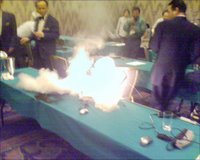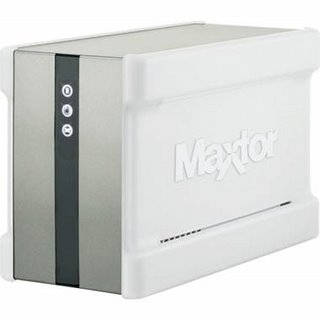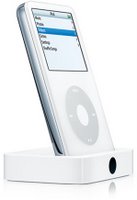Introducing The Intel Xeon 5100

Intel Corp., Tom Kilroy, vice president of Intel Corp., Digital Enterprise Group, displays Intel's new Dual-Core Xeon Processor 5100 at an event in San Francisco.
The new chip, the Intel Xeon 5100, is the company's answer to AMD's Opteron processor, whose performance and power management have stolen share from Intel for more than three years. Intel says the new Xeon more than doubles the performance of its previous top-of-the-line server chip while drawing 40 percent less power.
Intel shares rose 28 cents, or 1.6 percent, to $18.28, in Monday trading on the Nasdaq Stock Market. AMD shares fell 48 cents, or 1.9 percent, to $24.66 on the New York Stock Exchange.
The Xeon 5100 is the first chip to come to market using a new blueprint, or microarchitecture, Santa Clara-based Intel designed from scratch to help lower the energy consumption of servers and PCs. As businesses' computing needs have grown over the past several years, power consumption has emerged as one of the chief costs of running large data centers.
Intel said the new chips, which feature two computing cores, or "brains" on a single chip, also outperformed AMD's top Opteron product on more than 25 benchmarks commonly used to compare competing computers.
Besides using a new microarchitecture, the Xeons are loaded with new features designed to boost power efficiency and add new functions, Kilroy said. One allows the chip to draw less current by shutting off parts when they're not needed. Another feature adds so-called virtualization capabilities to the chip so administrators have more control over how tasks are doled out to various parts of their networks.
Prices range from $209 to $851 each depending on their features when bought in volume.
The new Xeons are the first of three new products Intel is rolling out this summer in a bid to regain market share lost to AMD. Over the past few years, Sunnyvale-based AMD, once considered an imitator of Intel, has introduced a host of homegrown technologies that have caused many of its processors, mostly in the server and desktop arena, to outperform those of its larger rival.
In late July, Intel is expected to roll out a new desktop processor based on the new microarchitecture, dubbed "Core." Intel has claimed the Core 2 Duo, which will feature two computing cores, will close the performance gap between its current desktop offerings and AMD's Athlon 64 processor. Source










